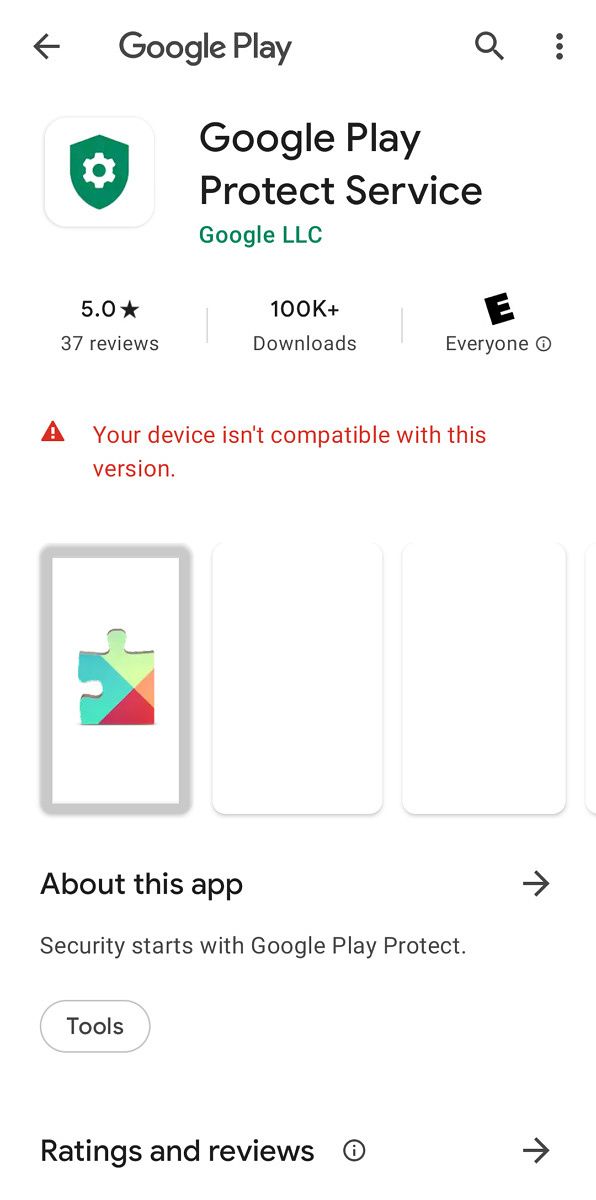Over the past weeks, Google has rolled out Material You redesign to many of its first-party apps. From Google Chrome and Gmail to Google Keep and Google Play Store, most major Google apps have been updated with Material You design guidelines. However, some apps like Google Translate are still stuck on the old Material design. But that should change soon as Material You makeover for Google’s translation is right around the corner.
We got our first glimpse at Google Translate’s Material You redesign last month through an APK teardown. While the new redesign hasn’t rolled out to end-users yet, some more UI changes have been spotted in the app’s latest update. Google Translate version 6.24 is rolling out on the Play Store (H/T Mishaal Rahman), and it includes a new change that lets you quickly access your translation history via a quick pull-down gesture. In addition, the update also tweaks the layout of Phrasebook.
Google Translate 6.24 is rolling out now, and it includes quick access to your translation history via a pull-down as well as completes the UI makeover by tweaking the phrasebook layout. https://t.co/HbqJ6nk6WP pic.twitter.com/pcTNIPC0eC
— Mishaal Rahman (@MishaalRahman) October 18, 2021
Elsewhere, we see that the profile page has also been updated to include quick access to your translation history. Finally, the “Tap to Translate” feature has received a new UI, with the floating window now featuring rounded corners and pill-shaped buttons now appearing outside the window.



Screenshots courtesy: Mishaal Rahman
As mentioned at the start, Google Translate’s new UI is not accessible to end-users, but it’s possible it may debut on the upcoming Pixel 6 as a timed exclusive.
We’re just a few hours away from the Pixel 6 launch event, where we expect to two see two brand new Pixel phones featuring Google’s first-ever custom SoC. Alongside smartphones, we also hope to see the 2nd gen Pixel Stand and Pixel Pass, Google’s answer to Apple One.
The post Google Translate prepares to add quick access to your translation history appeared first on xda-developers.
from xda-developers https://ift.tt/3jgbIpO
via IFTTT







